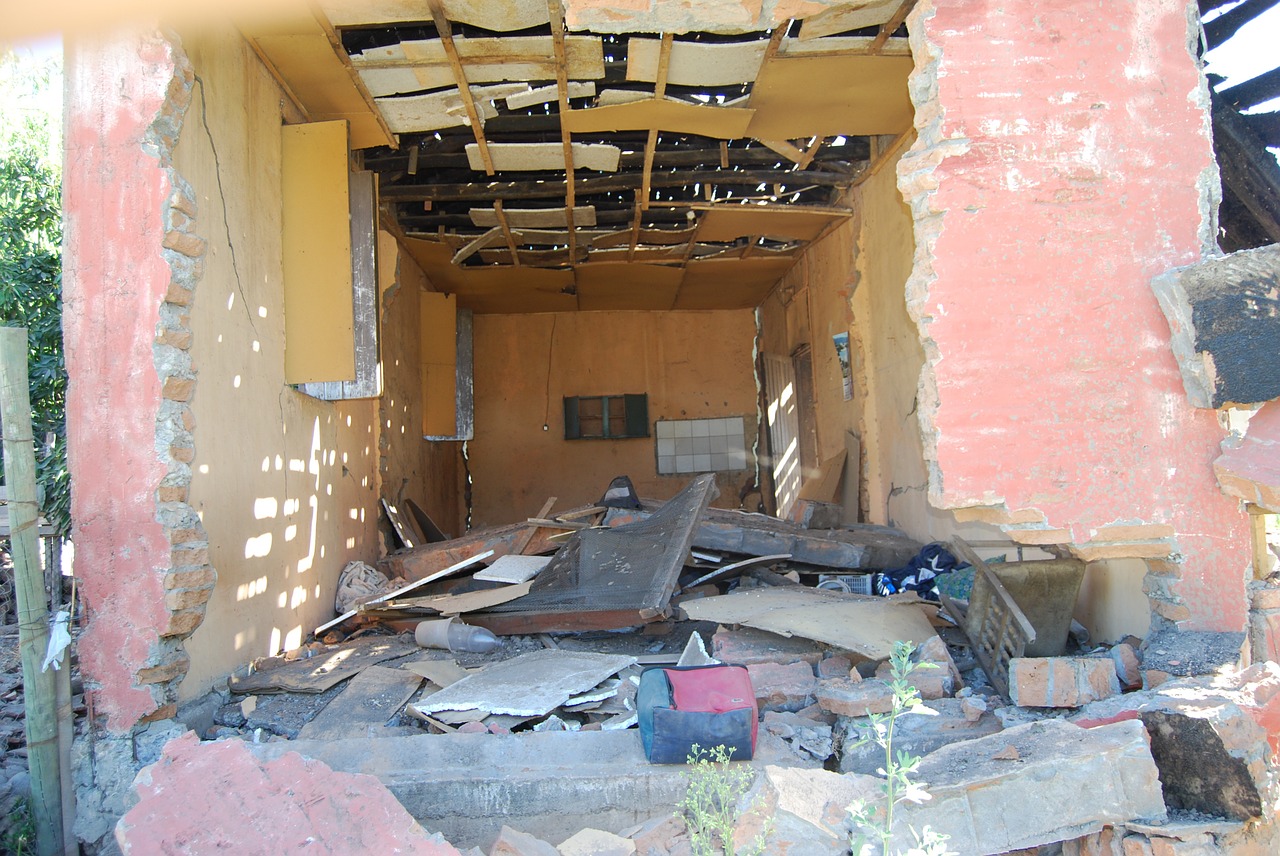Helperbit Uses Blockchain to Win European Competition for Natural Disaster Relief
An emerging blockchain startup aimed at revolutionizing the way money is donated to charities for people affected by natural disasters has won theD10e contest in Amsterdam with an exclusive invitation to pitch at the D10e in San Francisco in July.
Helperbit, a natural disaster management platform, faces real-world problems harnessing the power of blockchain andgeographic information system (GIS) technologies with the aim of helping people affected by catastrophic events around the world. Aiming to unlock untapped potential donations, which are estimated to be between $4 billion and $8 billion, Helperbit uses a fast and transparent P2P donation system. It is through this system that donors and those affected by natural disasters are put into direct contact, avoiding the middleman.
Co-founders of Helperbit, Guido Baroncini Turricchia, Davide Gessa, Davide Menegaldo, Roberto Tudini, Vincenzo Aguì and Gianluca Carbone, initially came up with the idea after reading news about the misuse of funds after the 2009 L’Aquila earthquake in Italy. In 2012, the Italianil Fatto Quotidiano reported that the five million euros donated by Italians to help with building reconstruction was still sitting in banks, which saw the donations transferred to a guarantee fund blocked for nine years, meaning the five million earthquake victims ended up not seeing a penny.
Speaking to Bitcoin Magazine, Guido Baroncini Turricchia said:
“Many of the problems related to the redistribution of donations would be softened if the money flow was visible on the blockchain public ledger. After some research, we found that many people avoid donating not only due to a lack of transparency, but also because of the delay, inefficiency and the arbitrary redistribution of funds. It was clear that all these issues would have been solved if a system gave more control and transparency to the user.”
Enter Helperbit, the system that the creators believe will help revolutionize the way people donate in the future.
“At the moment all charity systems are based onfiat money, but the revolution needs a cultural change,” said Turricchia. “Our effort is just a brick of a wider transparency revolution that in future will probably expand to the public sector with many advantages for citizens.”
Of course, to say that the system will be easy or fast to set up is an understatement. If, for instance, an individual wanted to donate to a specific event, but there were two similar organizations, and only one offered an internal audit based on an open blockchain ledger, it would be surprising if that individual decided to go with the charity that didn’t give the option of seeing where the donor’s money was going.
“There is no traditional charity system at the moment that offers an economic audit on a public ledger,” said Turricchia. “We will give the opportunity to decide who receives the donation, such as a single user or organization, using a geographic approach.”
Daily news is filled with natural disasters taking place across the world, along with organizations calling for donations. As in the case of the L’Aquila earthquake, it often seems that aid for the people who need it most travels at a slow speed and in many casesmight not reach them at all.
With Helperbit, donors would have more control over where their money ends up. Helperbit would deliver a fast and advanced way to proceed through the donation process that is constantly improved through user feedback. It would be so fast that Bitcoin donations could be available in as little as 10 minutes.
The impact this will have on natural disaster areas will be to get help more quickly to those in need, without the hindrance of bureaucratic processes.
“Every time a catastrophic event happens, there will be a worldwide collaboration to economically mitigate the risen issues,” said Turricchia. “Thanks to Bitcoin, humanity finally has the opportunity to work as a single entity to cure itself.”
“Blockchain and math-based currency can help to refresh the [charitable donation] environment, offering to donors and organizations a higher level of trust,” he said.
In order to give users the best information available, the system will automatically update itself on natural disasters, giving donors clear information about who is receiving their money. Once a donor has signed up to Helperbit, he or she will be able to see a complete view of who is involved in a specific event, with the option to either donate according to the proposed algorithm or to change to a different cause.
The Helperbit system runs on a freemium service and offers two main levels to donors. The first level, which is the P2P Bitcoin donation system, is free with a suggested donation to support Helperbit. At this level, after a natural disaster, donors can make a voluntary donation where the quantity of the donation is not fixed and depends on what donors want to give to a specific cause. However, in order to receive additional benefits, such as more visibility to local institutions or insurance against natural disasters, a donor is asked to make a specific paid contribution for participation in Helperbit’s second level.
Helperbit is currently in the early stages of development; however, those who subscribe to the website will have the opportunity to participate in the private beta where they can impart their advice on what works and what doesn’t.
“After fine-tuning based on users’ advice, we will go live with the first basic features,” said Turricchia. “Then, every couple of months we will add further features, different methods of payment, and more user interactions.”
The post Helperbit Uses Blockchain to Win European Competition for Natural Disaster Relief appeared first on Bitcoin Magazine.



